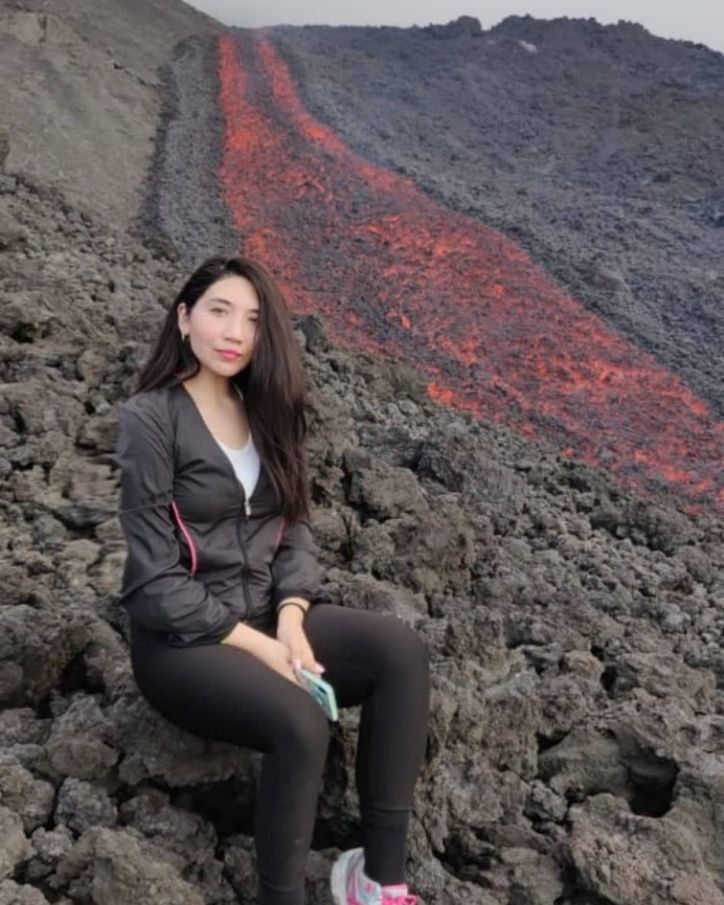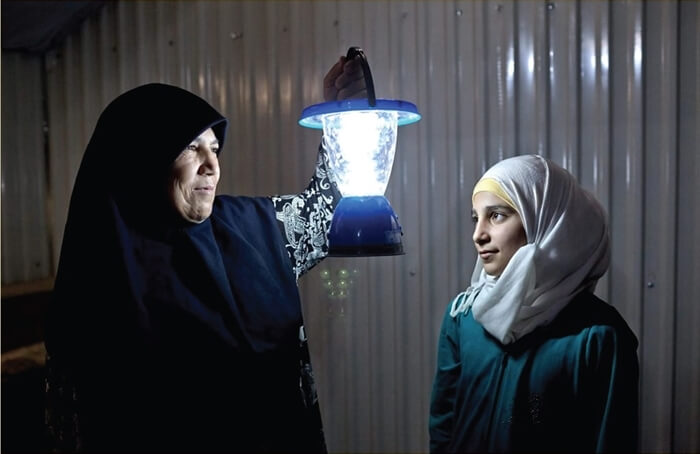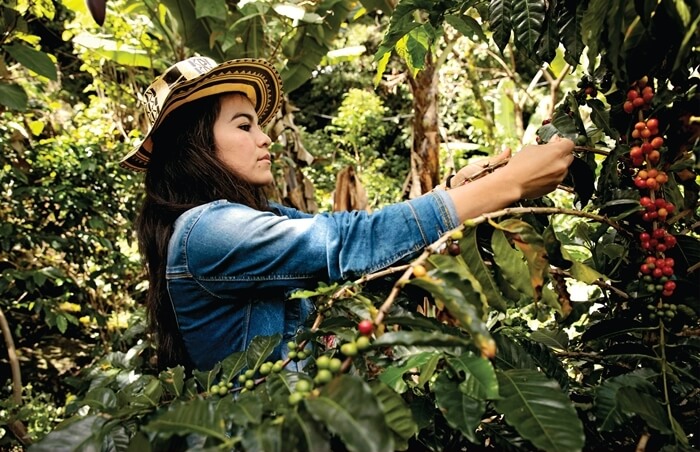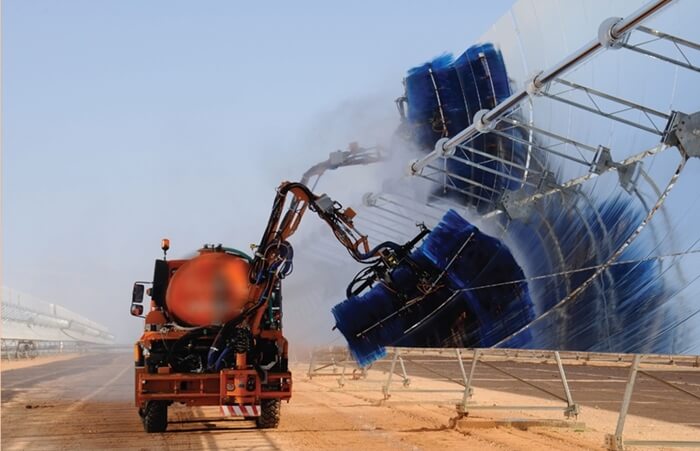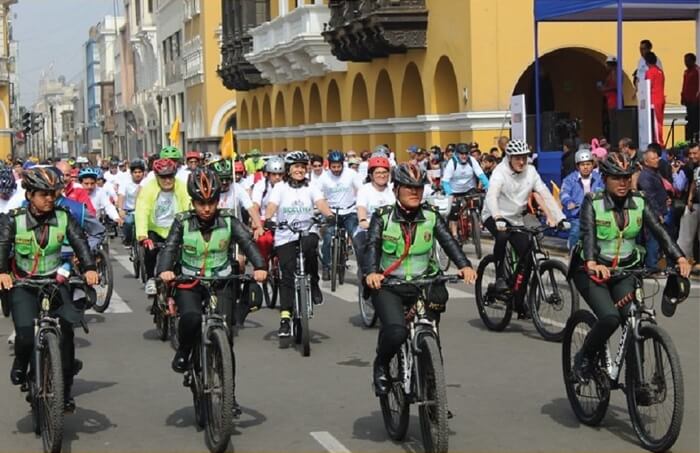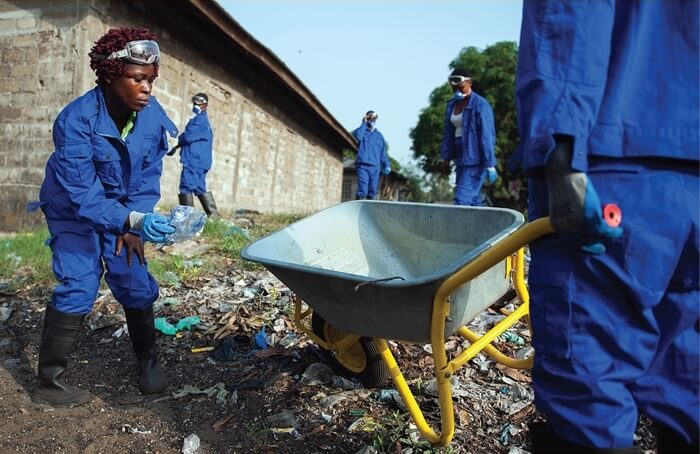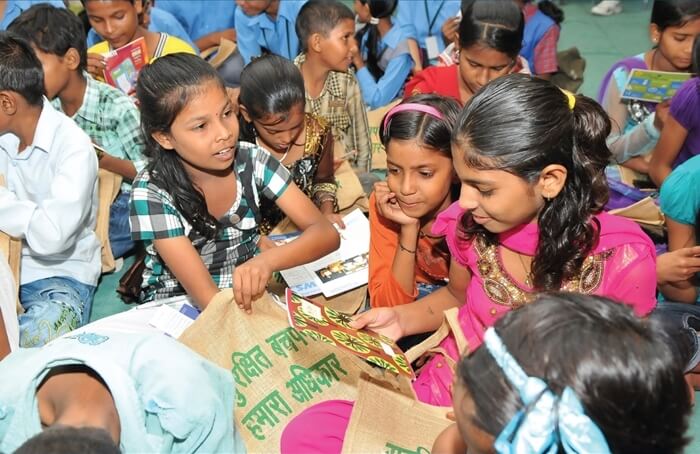Excerpt from Mongabay
With much of the accessible lowland primary forests in Sumatra and Borneo cleared and converted for agriculture and industrial plantations, the Indonesian half of New Guinea is the last stand for the rainforests that once blanketed Indonesia. The diversity of New Guinea’s forests are mirrored in its seas: the ecosystems around West Papua and the Maluku Islands are arguably the richest in the world. The region is also the most ethnically diverse part of Indonesia, and a place where local people depend on nature’s bounty to a greater extent than in many other parts of the archipelago.
Accordingly, the push to colonize, mine and industrialize the forests and seas of eastern Indonesia is seen as a great threat to the region’s ecology, ecosystem services, and cultural and biological wealth. Actors from local communities to activists to scientists have raised alarms over the large-scale plantations and logging operations that have been expanding across Papua and West Papua, the two administrative provinces that make up the Indonesian part of New Guinea, in recent years.
In the mid-2000s, the “Paradise Forests” campaign by Greenpeace helped catalyze global popular awareness of the situation in the region. The leader of that campaign was Bustar Maitar, who was born and raised in Papua. Within four years of joining Greenpeace in Indonesia, Bustar rose to a leadership role at Greenpeace International, where he became a key architect for the organization’s highly impactful campaigns of the late 2000s and early 2010s that pressed major companies in the palm oil and pulp and paper sectors to adopt zero-deforestation policies.

Island Innovation is a social enterprise and digital media company at the intersection of sustainable development and communications, offering specialised services across various sectors. We bring together the private sector, government, utilities, NGOs and universities to advance innovation for sustainability and prosperity in islands worldwide.







